A guide to Nintendo handheld iterations and variants, part 1 (Gameboy, Gameboy Color and Game Boy Advance)
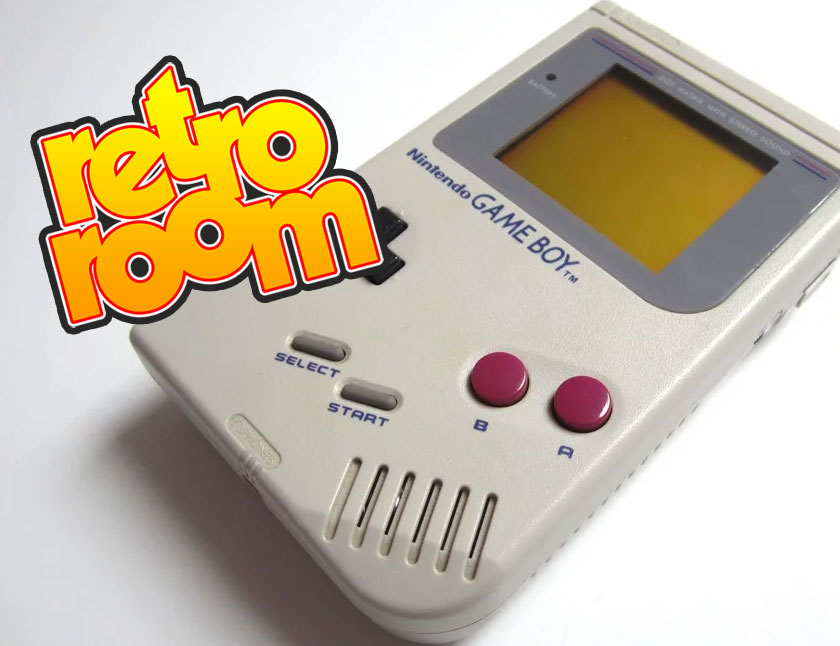
Nintendo's primary position of dominance in gaming has been their handhelds. While the console market got them started, they've been sliding in relevance when it comes to gaming in your living room. Where Nintendo truly rules is the handheld market. They fought off more advanced competitors in the Game Gear, TurboExpress, Lynx, PSP and Vita by offering solid hardware, lower prices than their competitors and huge libraries of games.
There are two distinct eras of Nintendo's handheld history. In part 1, I'll be examining the Game Boy era and later in part 2 the DS and 3DS handhelds will go under the microscope.
But lets get started by looking at the systems that started it, the formidable Game Boy line. Developed by visionary Gunpei Yokoi, the Game Boy series kicked off the start of the past two decades of dominance in the handheld market.
Game Boy
Original Game Boy (1989)
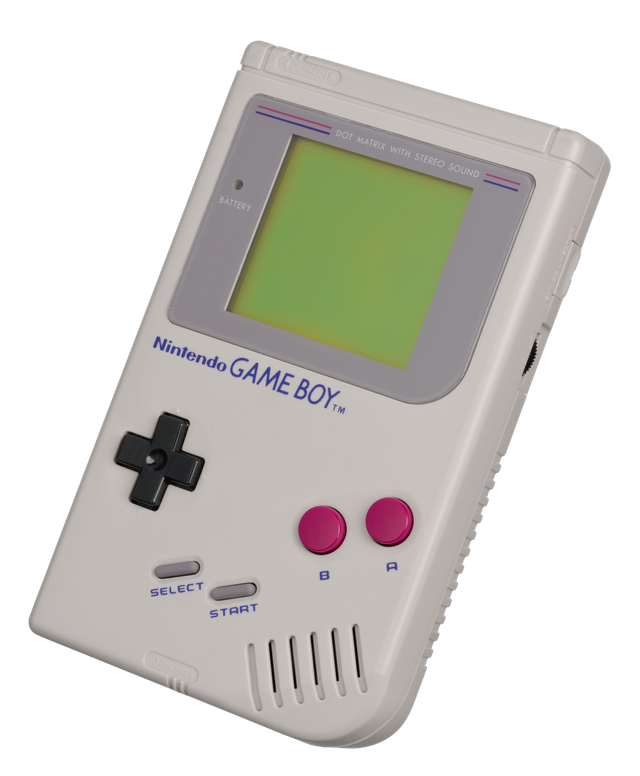
The system that started it all, the original Game Boy featured a pea green LCD display that was both loved and hated. Restricting it to just four colors kept power consumption to a minimum, and the games are what sold this system. The more capable Atari Lynx and Sega Game Gear hit the market around the same time, but were never able to put a dent in the Game Boy's market share.
Play It Loud series (1995)
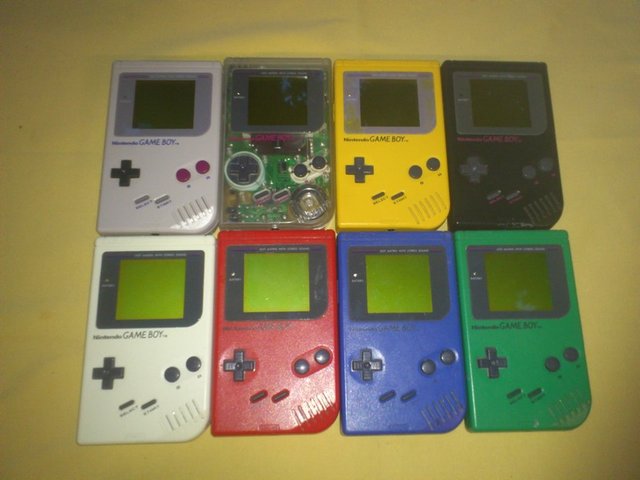
The first revision of the Game Boy came a half-decade after its initial launch. The Play It Loud systems were a series of boldly colored Game Boy systems. There was no hardware differences in the systems, only the outer shell was changed.
Game Boy Pocket (1996)
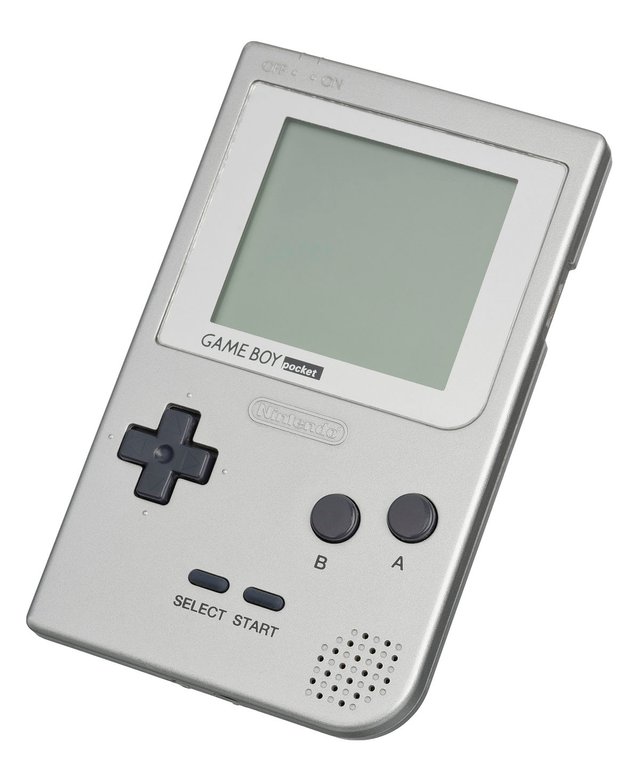
The first actual hardware revision of the Game Boy was the Pocket. This slimmed-down version of the system was slimmer, sleeker and easier to take with you. The screen was improved to a true black and white image and it cut down on the ghosting issues inherent with its predecessor. This is the first revision to make multiple colors standard.
Game Boy Light (1998)
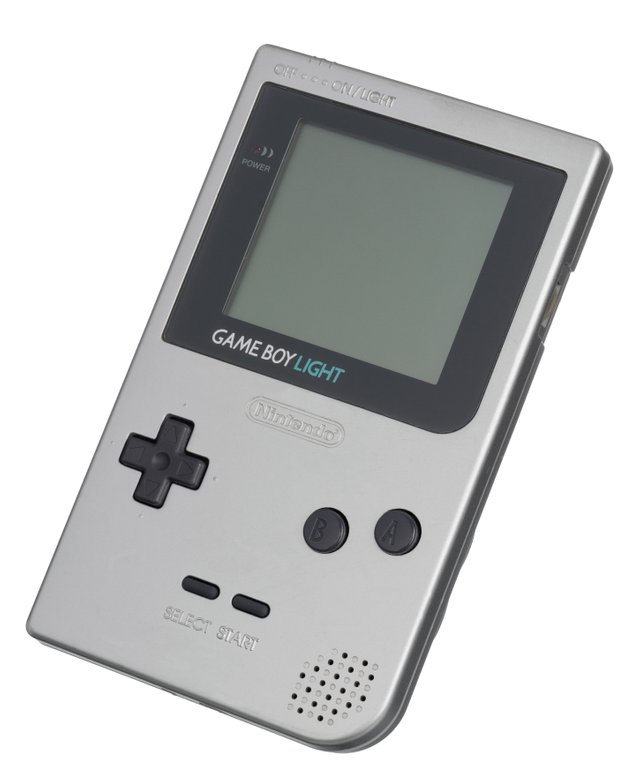
One of the biggest complaints about the Game Boy is the lack of a backlight, which made gaming in darker conditions problematic. The Game Boy Light is close to the same size as the Pocket, but features a backlight for the first time. This version was only released in Japan.
Game Boy Color (1998)
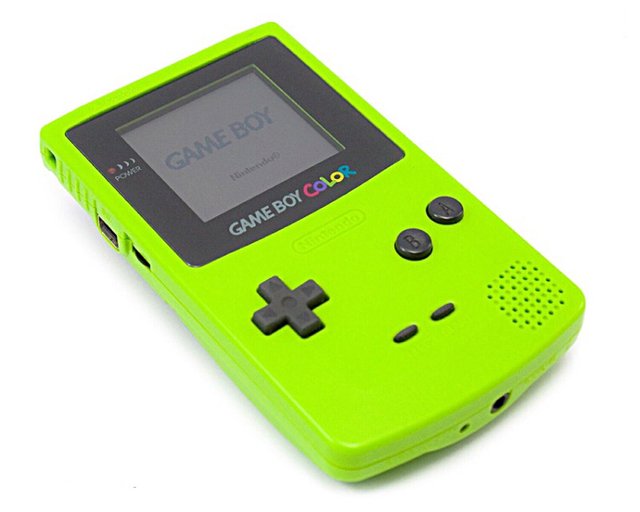
The first true, though relatively minor, upgrade of the Game Boy hardware was the Game Boy Color. Similar in size to the Pocket, the Game Boy Color featured more advanced specifications and for the first time, a color display that supported up to 56 on-screen colors. It was backwards compatible with original Game Boy cartridges, but Game Boy Color games will not work on the older Game Boy systems. The Color was released in a rainbow of colors and received some special editions as well featuring Pokemon and strangely enough, a Tommy Hilfiger edition.
Game Boy Advance
Original Game Boy Advance (2001)
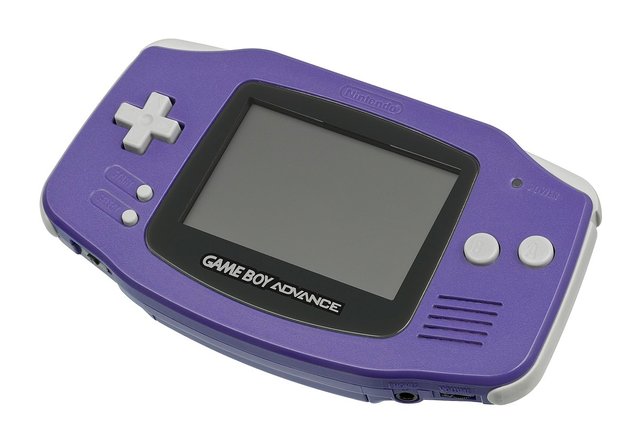
The next upgrade of the Game Boy line brought about the next real generation of Game Boy hardware. The GBA was a leap similar to that of the jump from the 8bit to the 16bit generations. Games on the system resembled Super Nintendo-level graphics and the system sold very well. However, it still lacked a standardized backlight. The form factor changed from the vertical style of the original line to a horizontal one that was adopted by most of Nintendo's competitors like the Lynx and Game Gear.
Game Boy Advance SP (2003)

The SP was a drastic redesign of the hardware, changing to to a flip-open design similar to flip phones. The shell closed to protect the screen and shrink the size of the system down to something that can fit in almost any pocket. It also finally made a backlit screen standard, much to the pleasure of loyal Nintendo fans. Another massive improvement is the inclusion of an internal lithium-ion battery, that allowed you to recharge your system rather than using AA or AAA batteries.
A minor revision of the SP was released in 2005 that improved the brightness of the screen and allowed you to adjust the brightness to your liking.
Game Boy Micro (2005)
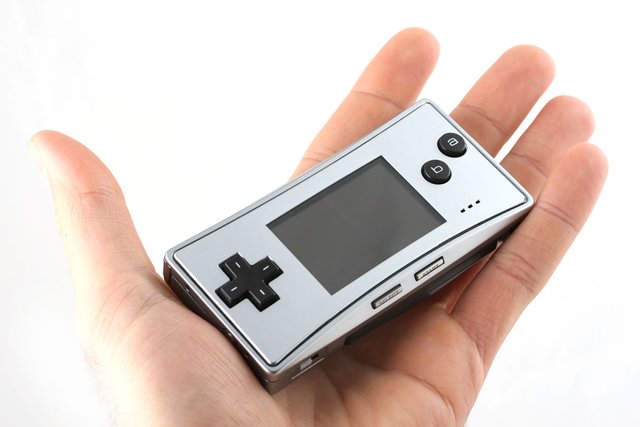
The final version of the Game Boy line was the Micro, a return to the horizontal layout of the original model. It retains the backlight, is drastically shrunk down and features removable faceplates for customizing the look of the system. Coming so late in the system's life and featuring such a small screen hurt sales, which resulted in less than 2.5 million systems being sold worldwide, making the Micro a highly sought-treasure for Nintendo collectors.
This concludes part 1 of the Nintendo handheld hardware guide. We'll be looking at the DS and 3DS era in the next installment.
More articles from the Retro Room hardware guide series:

Man, why is the coolest Nintendo stuff restricted to Japan? I'd have done awful things for a Game Boy Light back in the day. Although to be fair, there's something insanely awesome about pimping out your old-school brick with the stereo speakers, magnifier, light, rechargeable battery pack, hand grips, bigger buttons, and a carrying case to hold it all. I have a damn fine Brick-zilla that looks utterly ridiculous when all the components are attached to it, and I would not trade it for the world. :)
Not only hardware, but games too. I was dying for Nintendo to release a localized version of Fatal Frame Maiden of Black Water physically in the US, but it never happened. The game was done, there was an English version that was even released in Europe, but all we got was a digital download version that was too big to even fit on the basic Wii U White models like mine.
Oh man, I can't even talk about Fatal Frame: Maiden of Black Water without getting pissed. At least I could import a copy of Siren: Blood Curse for the PS3 from Japan thanks to their lack of region-lock on the Blu-Ray, but a download-only Fatal Frame just upset me to no end.
That, and it was on the Wii. Why? Why would you ditch Sony and Microsoft for Wii-exclusivity, when there were no Fatal Frame titles on Nintendo hardware prior to this? Urgh! GRAAAGH!
Urge to punch rising...!
Thanks nice all post and information shearing pelese halp myvote
@royrodgers has voted on behalf of @minnowpond.
If you would like to recieve upvotes from minnowponds team on all your posts, simply FOLLOW @minnowpond.